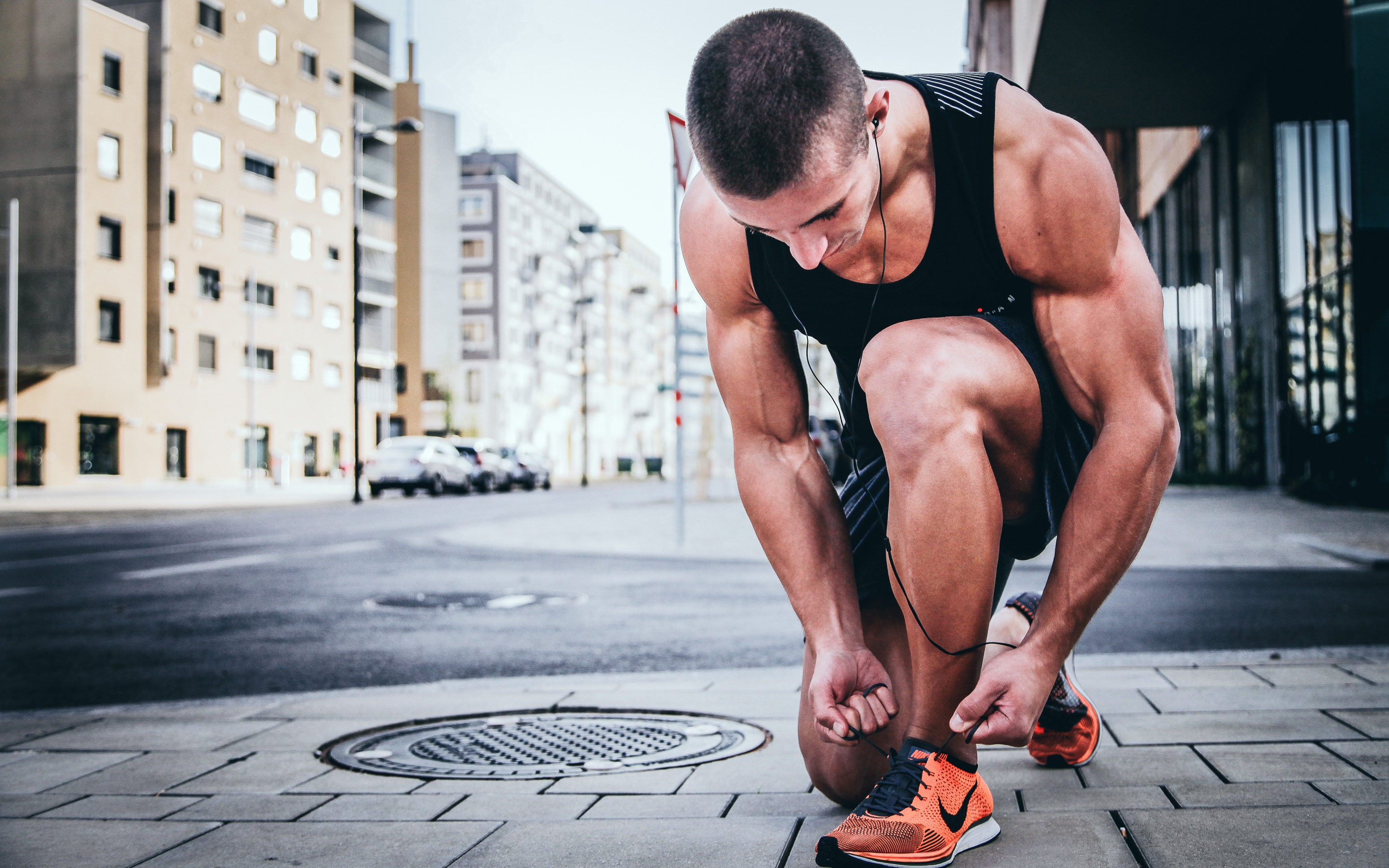Indoor Or Outdoor Sports: How To Find The Perfect Running Shoes
Running is a popular form of exercise that offers many health benefits, including improved cardiovascular health, increased stamina, and weight loss. However, it is important to have the right gear, particularly when it comes to running shoes. In this article, we will discuss how to find the right running shoe for you, what to pay attention to, and the differences between indoor and outdoor running shoes.
How to Find the Right Running Shoe for You:
- Determine your foot type: Before you start looking for a running shoe, it's important to determine your foot type. There are three main types of foot arches: low arches, high arches, and neutral arches. This information will help you choose a running shoe that provides the right amount of support and cushioning for your foot.
- Consider your running style: It's important to consider your running style when choosing a running shoe. If you are a heel striker, you may want a shoe with extra cushioning in the heel. If you are a forefoot striker, you may want a shoe with extra cushioning in the forefoot.
- Get fitted: Once you know your foot type and running style, it's a good idea to get fitted for a running shoe. This will ensure that you are getting the right size and fit for your foot. A professional fitting can also help you identify any potential problems, such as overpronation or underpronation.
- Test the shoe: It's important to test the shoe before you buy it. Take it for a run or jog around the store to see how it feels. Look for a shoe that is comfortable and provides the right amount of support and cushioning for your foot.
What to Pay Attention To:
- Cushioning: The amount of cushioning in a running shoe can vary depending on the type of shoe. Shoes with more cushioning are often recommended for runners with high arches or who run on hard surfaces, such as concrete.
- Support: Running shoes can provide varying levels of support, from neutral to stability to motion control. The amount of support you need will depend on your foot type and running style.
- Breathability: Look for a running shoe that is breathable to help keep your feet cool and dry during your run.
- Durability: Running shoes should be durable enough to withstand the wear and tear of regular use. Look for a shoe with a durable sole and upper.
Indoor vs. Outdoor Running Shoes:
Indoor running shoes are designed for use on a treadmill or indoor track. These shoes tend to have less cushioning and support than outdoor running shoes, as the surface is typically softer and more forgiving. They may also be more lightweight, as they do not need to provide as much protection from the elements.
Outdoor running shoes, on the other hand, are designed for use on harder surfaces, such as concrete or asphalt. These shoes tend to have more cushioning and support to help absorb shock and reduce the risk of injury. They may also be more durable and have more traction to help you navigate different terrain.
Interesting Facts About Running Shoes:
- The first running shoes were invented in the late 1800s and were made of leather and rubber.
- Nike's first running shoe, the Waffle Trainer, was invented in 1974 and featured a sole with a waffle-like pattern that provided better traction.
- The average lifespan of a running shoe is approximately 300-500 miles, depending on the type of shoe and the running surface.
- Running shoes come in a variety of shapes and sizes to accommodate different foot types and running styles.
In conclusion, finding the right running shoe is crucial for a comfortable and injury-free run. Pay attention to factors such as cushioning, support, breathability, and durability when selecting your shoe, and make sure to get fitted and test the shoe before making a purchase. Whether you are running indoors or outdoors, there are specific shoes designed for each type of surface. With these tips in mind, you can find the perfect running shoe to help you achieve your fitness goals.
Additionally, it is important to replace your running shoes regularly. As mentioned earlier, the average lifespan of a running shoe is approximately 300-500 miles, but this can vary based on factors such as your weight, running style, and the type of surface you run on. When you start to notice signs of wear and tear, such as holes in the sole or upper, it's time to replace your shoes. Running in worn-out shoes can increase your risk of injury and discomfort.
Lastly, investing in a good pair of running shoes can be beneficial for your overall health and fitness. The right running shoe can help prevent injuries, improve your running performance, and make your running experience more comfortable and enjoyable.
In summary, finding the right running shoe for you involves considering factors such as your foot type, running style, and the specific features of the shoe. It's important to pay attention to cushioning, support, breathability, and durability, and to test the shoe before making a purchase. Whether you are running indoors or outdoors, there are specific shoes designed for each type of surface. With these tips in mind, you can find the perfect running shoe to help you achieve your fitness goals and enjoy a comfortable and injury-free running experience.









